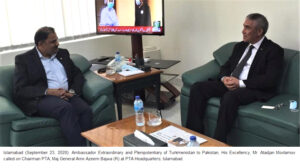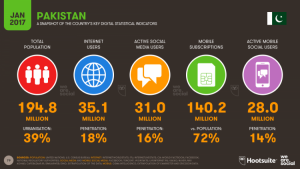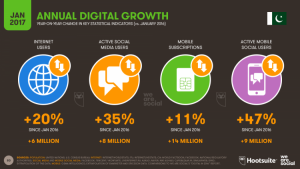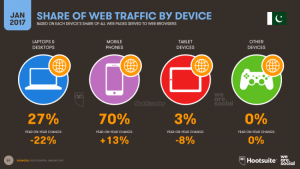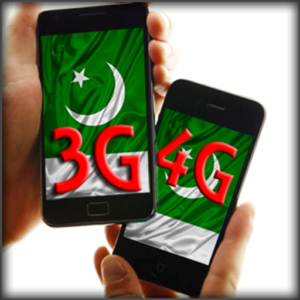
Source of the news: https://www.techjuice.pk/3g-and-4g-users-have-increased-by-2-million-from-july-to-august-2020/
The number of 3G and 4G users in Pakistan has reached 84.81 million by end of August 2020, as compared to 82.76 million at the end of July, registering an increase of 2.05 million or 2.48%, said Pakistan Telecommunication Authority (PTA).
The overall number of mobile phone users in Pakistan also registered an increase of 0.95 million users, as total mobile phone users at the end of August were 168.97 million as compared to 168.04 million at July end. Monthly Next Generation Mobile Service (NGMS) penetration increased from 39.25 percent in July to 40.95 percent in August 2020.
As far as individual mobile network providers are concerned, Jazz’s total count for 3G users stood at 10.247 million by the end of August down from 10.480 million by the end of July, showing a decrease of 0.233 million. However, Jazz 4G user numbers jumped from 19.982 million by the end of July 2020 to 21.068 million by the end of August 2020.
Zong’s 3G subscribers also decreased from 6.314 million by July 2020 to 6.118 million in August while its 4G users jumped from 18.131 million from July 2020 to 18.777 million by August.
The number of 3G users of Telenor decreased from 6.790 million in July to 6.665 million by August. The number of 4G users jumped from 11.583 million in July 2020 to 12.250 million by August.
Ufone’s 3G users decreased from 5.258 million by the end of July to 5.148 million by the end of August. The number of 4G users of Ufone increased from 4.221 million by the end of July 2020 to 4.534 million by the end of August.
Teledensity for cellular mobile increased from 79.21 percent from July to 79.65 in August. The broadband subscribers increased from 83.17 million to 84.82 million.
PTA received 8,961 complaints from telecom consumers against different telecom operators including (cellular operators, PTCL, LDIs, WLL operators, and ISPs) as of August 2020. PTA said that it was able to get 8,807 complaints resolved i.e. 98 percent.
According to PTA data, Jazz leads the chart with 2,949 complaints and Zong at the second position as the most complained telecom operator with 2,373.
Cellular mobile subscribers constitute a major part of the overall telecom subscriber base, therefore, the higher number of complaints belong to this segment. The total number of complaints against CMOs by August stood at 8,086.
In terms of the segregation of complaints on operator basis, 36.47 percent of the total CMO related complaints were about Jazz.
Zong stood second with 2,373 complaints i.e. 29.34 percent of total complaints. Telenor, which has the second-largest number of consumers, was third with 1554 i.e. 19.21 percent complaints were received against it.
Ufone had 1,172 complaints against its various services which make up 14.49 percent of the total CMO related complaints.
PTA also received 186 complaints against basic telephony and 176 of them were addressed during August 2020. Further 676 complaints were received against ISPs out of which 615 were addressed.
